Embryogenesis: Definition, Stages, and Development [MCAT]
Sonic Hedgehog Gene. CNS development and Limb development. In embryology and developmental biology, embryogenesis is the development of an animal or plant embryo, starting with fertilization of an egg cell by a sperm cell. After fertilization, the ovum becomes a diploid zygote. orms forebrain, separates right and left brain, and establishes midline. f there’s a mutation, then we have a whole brain with no separation of right and left, which is bad. This is called holoprosencephaly. Left and right hemispheres fail to separate. There are also facial abnormalities, cleft lip/palate and even severe cyclopia (single eye like a cyclops).


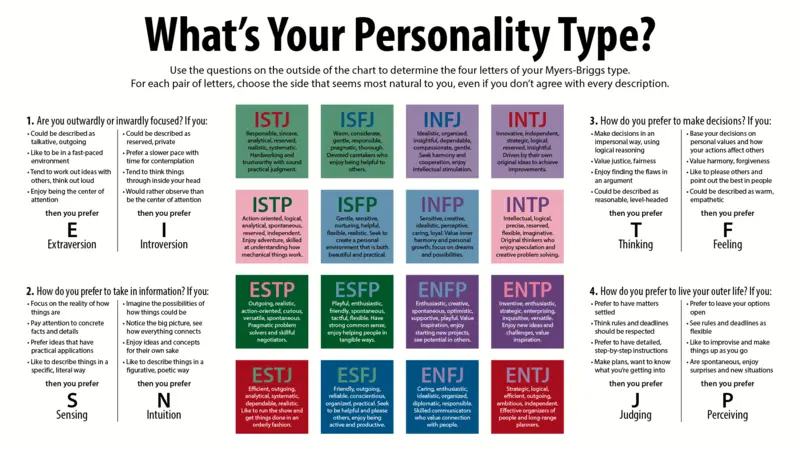









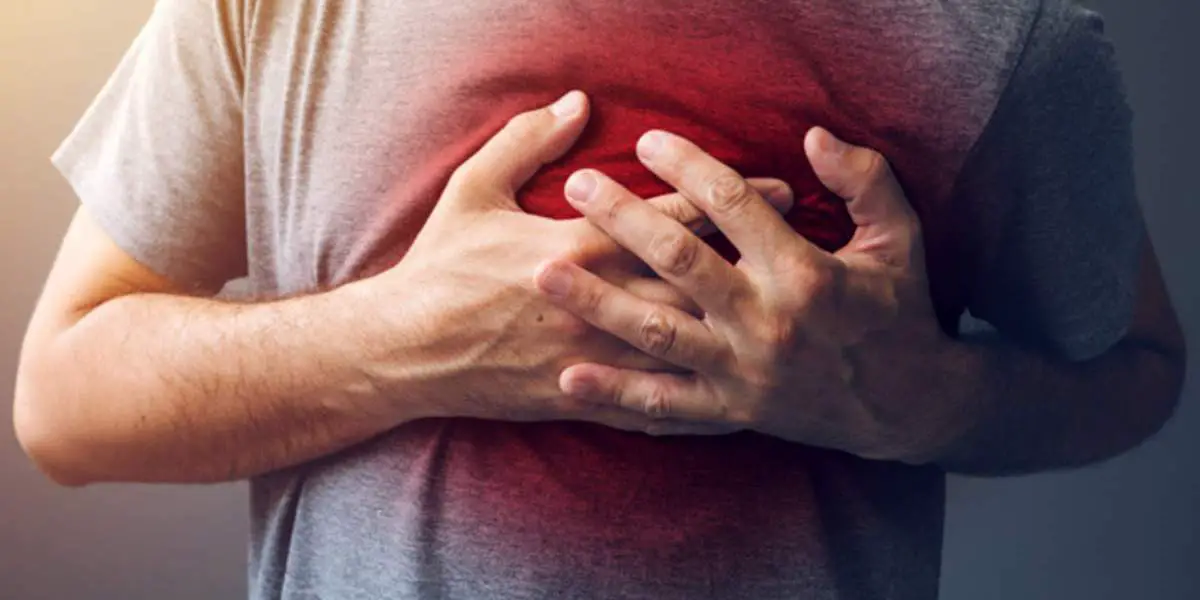
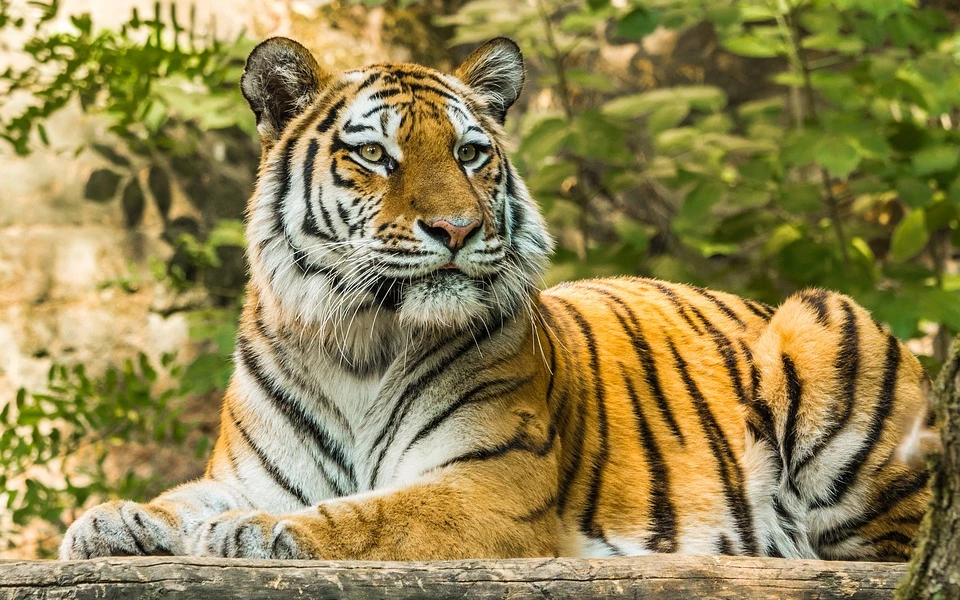









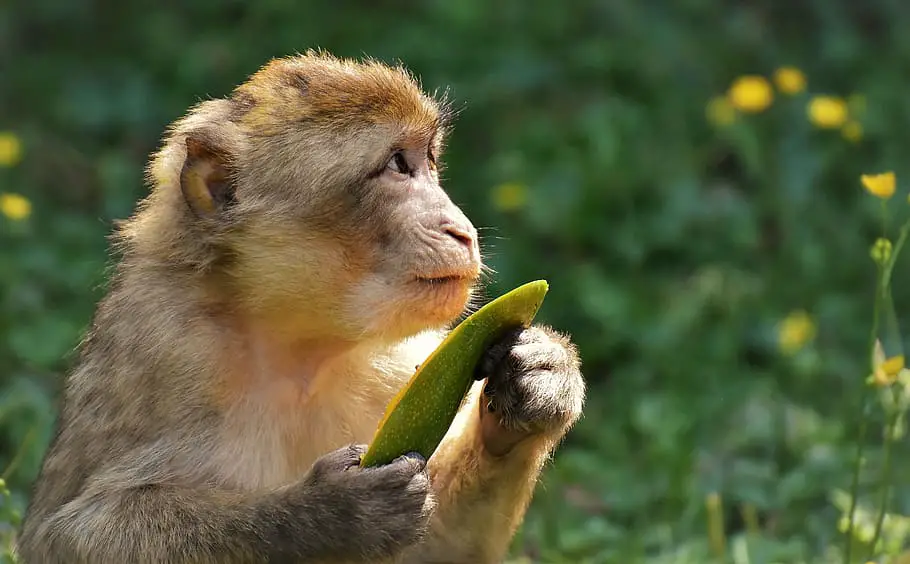






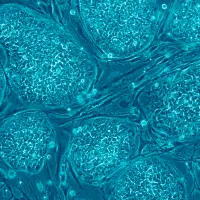
![Central Chemoreceptor vs Peripheral Chemoreceptor in Respiration [Biology, MCAT, USMLE]](https://moosmosis.files.wordpress.com/2022/02/respiratory-control_med.jpeg?w=200&h=200&crop=1)



